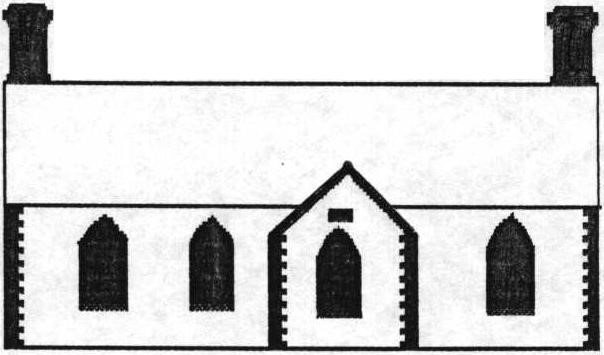|
|
Key Stage 1
|
Lower Key Stage 2
|
Upper Key Stage 2
|
|
Singing and Voice
|
- To sing confidently;
- Sing a melody accurately at their own pitch;
- Sing with a sense of awareness of pulse and control of rhythm;
- Recognise phrase lengths and know when to breathe;
- Sing songs expressively;
- Follow pitch movements with their hands and use high, low and middle voices;
- Begin to sing with control of pitch (e.g. following the shape of the melody);
- Sing with an awareness of other performers.
|
- Sing with confidence using a wider vocal range;
- Sing in tune;
- Sing with awareness of pulse and control of rhythm;
- Recognise simple structures (phrases);
- Sing expressively with awareness and control at the expressive elements. E.g. timbre, tempo, dynamics;
- Sing songs and create different vocal effects;
- Understand how mouth shapes can affect voice sounds;
- Internalise sounds by singing parts of a song ‘in their heads’.
|
- Sing songs with increasing control of breathing, posture and sound projection;
- Sing songs in tune and with an awareness of other parts;
- Identify phrases through breathing in appropriate places;
- Sing with expression and rehearse with others;
- Sing a round in two parts and identify the melodic phrases and how they fit together;
- Sing confidently as a class, in small groups and alone, and begin to have an awareness of improvisation with the voice.
|
|
Listening, Memory and Movement
|
- Recall and remember short songs and sequences and patterns of sounds;
- Respond physically when performing, composing and appraising music;
- Identify different sound sources;
- Identify well-defined musical features.
|
- Identify melodic phrases and play them by ear;
- Create sequences of movements in response to sounds;
- Explore and choose different movements e.g. to describe animals;
- Demonstrate the ability to recognise the use of structure and expressive elements through dance;
- Identify phrases that could be used as an introduction, interlude and ending.
|
- Internalise short melodies and play these on pitched percussion (play by ear);
- Create dances that reflect musical features;
- Identify different moods and textures;
- Identify how a mood is created by music and lyrics;
- Listen to longer pieces of music and identify features.
|
|
Rhythm
|
- Identify the pulse in different pieces of music;
- Identify the pulse and join in getting faster and slower together;
- Identify long and short sounds in music;
- Perform a rhythm to a given pulse;
- Begin to internalise and create rhythmic patterns;
- Accompany a chant or song by clapping or playing the pulse or rhythm.
|
- Recognise rhythmic patterns;
- Perform a repeated pattern to a steady pulse;
- Identify and recall rhythmic and melodic patterns;
- Identify repeated patterns used in a variety of music (ostinato).
|
- Identify different speeds of pulse (tempo)by clapping and moving;
- Improvise rhythm patterns;
- Perform an independent part keeping to a steady beat;
- Identify the metre of different songs through recognising the pattern of strong and weak beats;
- Subdivide the pulse while keeping to a steady beat.
|
|
Sounds and Melody
|
- Explore different sound sources;
- Make sounds and recognise how they can give a message;
- Identify and name classroom instruments;
- Create and chose sounds in response to a given stimulus;
- Identify how sounds can be changed;
- Change sounds to reflect different stimuli.
|
- Identify ways sounds are used to accompany a song;
- Analyse and comment on how sounds are used to create different moods;
- Explore and perform different types of accompaniment;
- Explore and select different melodic patterns;
- Recognise and explore different combinations of pitch sounds.
|
- Skills development for this element are to be found within ‘Instruments’ and ‘Composition’.
|
|
Instruments
|
- Play instruments in different ways and create sound effects;
- Handle and play instruments with control;
- Identify different groups of instruments.
|
- Identify melodic phrases and play them by ear;
- Select instruments to describe visual images;
- Choose instruments on the basis of internalised sounds.
|
- Identify and control different ways percussion instruments make sounds;
- Play accompaniments with control and accuracy;
- Create different effects using combinations of pitched sounds;
- Use IT to change and manipulate sounds.
|
